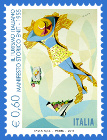Secret Milan: 9 hidden places to discover with us


Leonardo's Vineyard
Not far from the refectory adjacent to Santa Maria delle Grazie, which houses Da Vinci's famous Last Supper is the House of the Atellani. Behind the elegant fifteenth-century residence you can find one of the hidden secret sights of Milan, the vineyard that was donated to Leonardo da Vinci by Ludovico il Moro. While painting the Last Supper, Leonardo would retire to his small vineyard across the road. After being badly damaged in the second world war, the vines are flourishing again and the house is open to visitors.
Contact us to design your own itinerary!
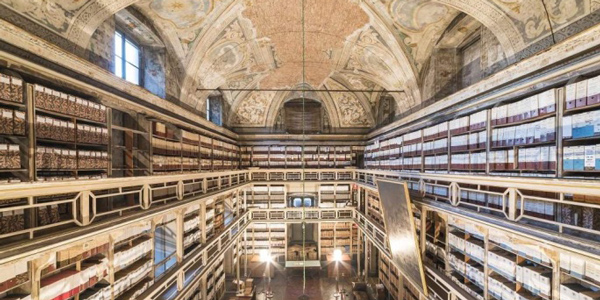
Ca' Granda Historic Archive and Burial Ground
The building that today houses the head office of the University of Milan was erected on the wishes of Francesco Sforza, who decided to provide the city with a large hospital to care for the sick. TheCa' Granda Historic Archive contains the documents of the Ospedale Maggiore from the fifteenth century to the present day and the guided tour also includes a visit to the Ca' Granda catacombs and burial ground.
Contact us to design your own itinerary!
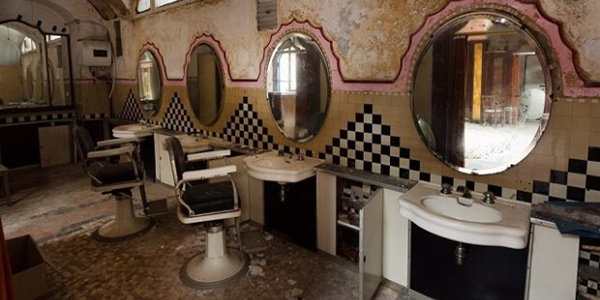
Albergo Diurno Venezia
One of the great treasures of underground Milan is an authentic jewel: a center devoted to personal care, where travelers and citizens could recharge their batteries after a journey or after work. The Albergo Diurno Venezia was opened in 1926 and consisted of a large colonnaded hall decorated with art deco style marble and wood paneling, a spa area and rooms for barbers and manicurists, but also services such as telephones and a laundry. Today the Albergo Diurno Venezia is closed to the public but can be visited on the occasion of exclusive tours organized by FAI - Fondo Ambiente Italiano ( visit the web page and see if you are lucky to visit it).
Contact us to design your own itinerary!
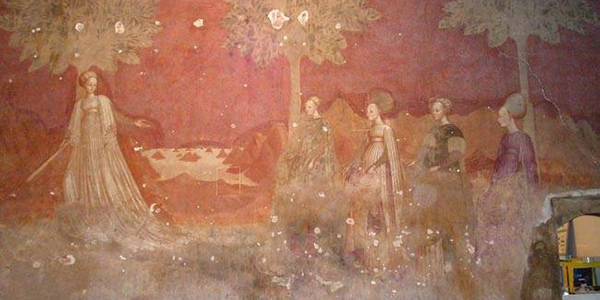
Palazzo Borromeo
Residence of one of the richest families of the Duchy of Milan, Palazzo Borromeo was built in the late Gothic style and completed in the fifteenth century. From the moment you approach the front door, where you can see a camel resting in a basket, one of the symbols of the family, you will see before you a building that captivates: the Borromeo Palace has one of the most elegant private courtyards in Milan; The court of honor has porticoes on three sides and inside the Palace scenes of courtly life are still visible, depicted in the "Borromeo Games" frescos dating from around 1450.
Contact us to design your own itinerary!
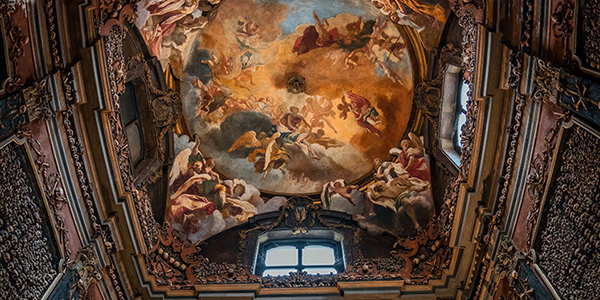
San Bernardino alle Ossa
The chapel of San Bernardino alle Ossa is one of the most evocative places in Milan. Both religious and macabre, sacred and profane, the chapel houses thousands of skulls and bones that were found in the foundations of the church after the collapse of the bell tower in 1642; the remains were used to form rococo style decorations; even though it is said that they belong to saints and martyrs, it is more probable that the bones and skulls came from the deceased of the nearby Ospedale Maggiore.
Contact us to design your own itinerary!

The Madonna of the Apron
Near the Church of Santa Maria alla Porta, you can visit the remains of the altar and the fresco known as the Madonna of the Apron. The wonderful marble floor of the chapel has been covered so that it can be preserved while awaiting funds for a complete restoration. Although the fresco is located outside the church (in fact the chapel was destroyed by a bomb in 1943 and has never been rebuilt), the altar of the Madonna of the Apron is one of the little-known places in Milan.
Contact us to design your own itinerary!
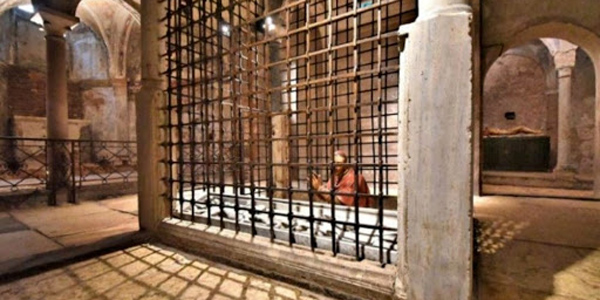
Crypt of the Holy Sepulchre
Although among the hidden treasures of Milan there are some remarkable testimonies of the Roman era, such as the Imperial Mausoleum and the Ancient Roman Theatre, the ruins of which are inside the Chamber of Commerce of Milan, what remains of the Basilica of St. John the Evangelist is the only example of a Romanesque crypt in the city. A place with more than 1000 years of history, built in the Middle Ages and strongly backed by the Knights of the Holy Sepulchre, was then in the place of burial, prayer and art. The Crypt of the Holy Sepulcher on the contrary has recently once again become a key sight in Milan's cultural heritage after more than 50 years of closure and impressive restoration.
Contact us to design your own itinerary!
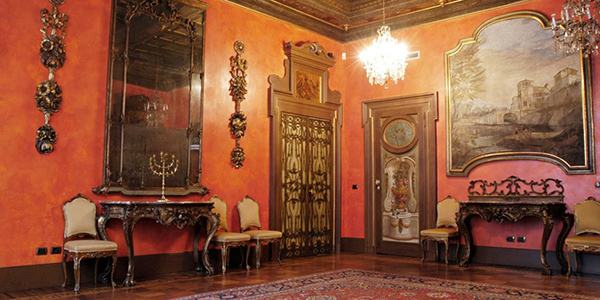
Vignale Residence
Milan's architecture expresses the utmost in elegance in the very many Liberty style villas. One of gems of Liberty Milan is the Vignale Residence, a historic residence built at the beginning of the twentieth century at the behest of an Austrian prince. Even today, the villa is charming for its sumptuous rooms and the view of the internal garden, which also houses the stables and the lodgings for the servants. The tasteful furnishings and the elegance of the stuccowork, woodwork and beautiful parquet that has remained unchanged over time make the Residence Vignale one of the secret sights of Milan.
Contact us to design your own itinerary!
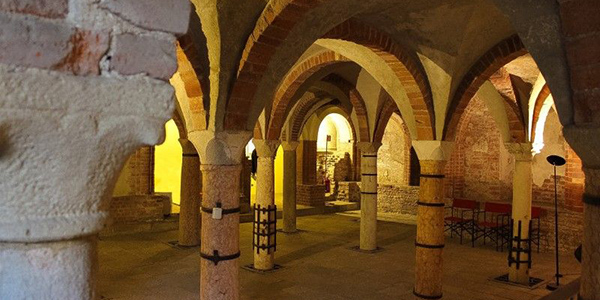
Crypt of San Giovanni in Conca
The Crypt of San Giovanni in Conca is part of the wonders of secret Milan and one the most important archaeological vestige of Milan. It is what remains of the early Christian basilica of San Giovanni in Conca, of which few traces remain dating from the eleventh century: a part of the apse and the entire crypt. The first original early Christian church was built between the fifth and sixth centuries. A new one was built in place of it, in the eleventh century (the crypt remained today was part of the second church) and again another, after the destruction of the Emperor Frederick Barbarossa in 1162, in the thirteenth century.
The church was deconsecrated in the late 1700s and underwent a progressive decline until, shortly after the end of World War II, it was demolished to because of the need to create e new road.
Fortunately the facade was saved and transferred to the new Waldensian church in Via Francesco Sforza. On site there are only the crypt and the apse.
Currently the crypt is an exhibition space and in it even older remains of the Roman times were discovered and are now visible.
Contact us to design your own itinerary!


